Home>Furniture & Design>Interior Design Trends>How Many Calories Is A Glass Of Sauvignon Blanc
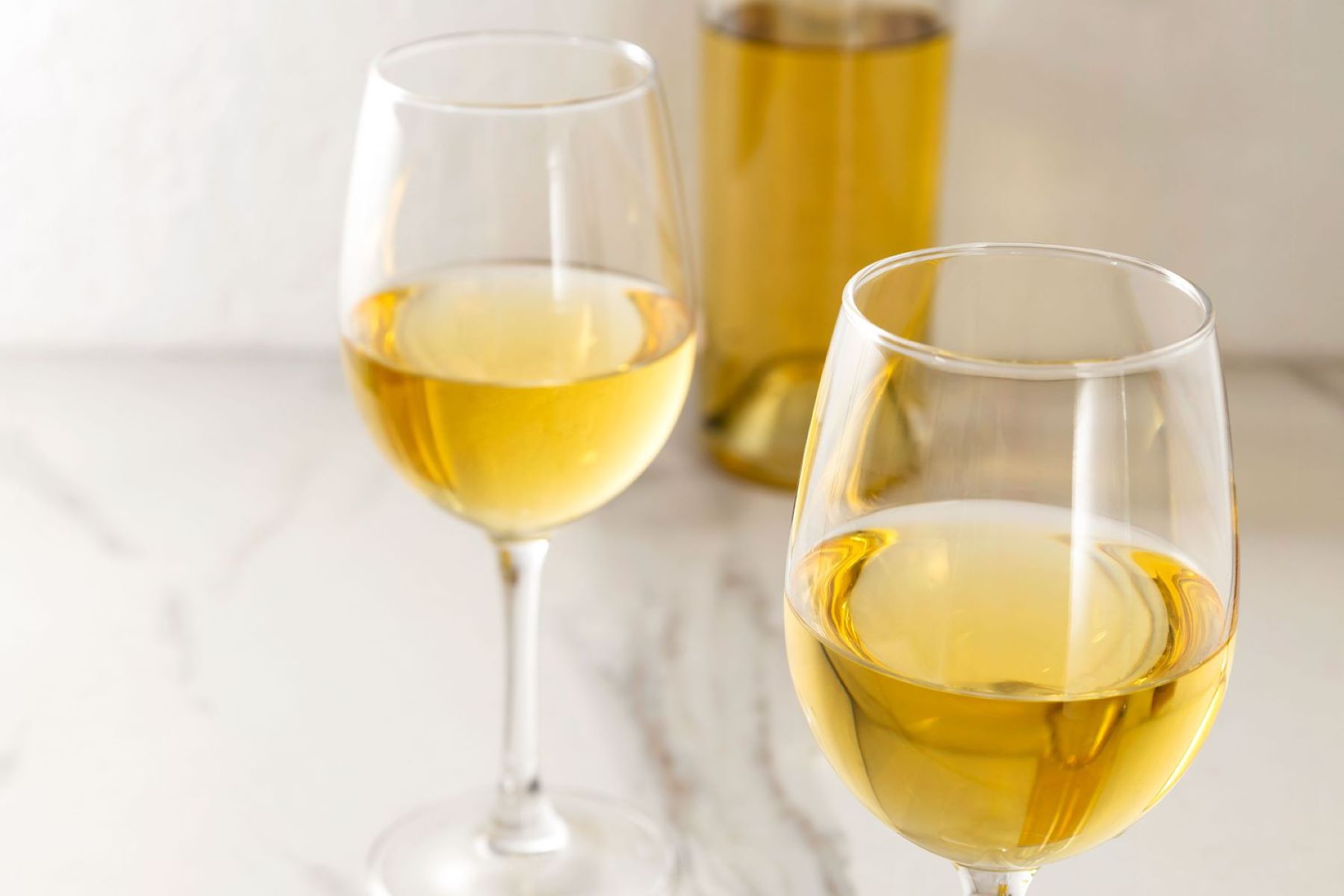

Interior Design Trends
How Many Calories Is A Glass Of Sauvignon Blanc
Published: February 3, 2024
Discover the calorie count of a glass of Sauvignon Blanc and stay updated on the latest interior design trends. Learn more about interior design and wine on our blog.
(Many of the links in this article redirect to a specific reviewed product. Your purchase of these products through affiliate links helps to generate commission for Storables.com, at no extra cost. Learn more)
Introduction
Sauvignon Blanc, a popular white wine known for its refreshing and crisp characteristics, has garnered a devoted following among wine enthusiasts and casual drinkers alike. As the interest in health and wellness continues to shape consumer choices, the question of its calorie content has become increasingly relevant. Understanding the caloric implications of enjoying a glass of Sauvignon Blanc is essential for individuals seeking to make informed decisions about their dietary and lifestyle choices.
In this comprehensive exploration, we delve into the calorie content of Sauvignon Blanc, shedding light on the factors that influence its caloric value. By gaining a deeper understanding of the caloric implications of this beloved wine, individuals can make conscious choices that align with their health and wellness goals. Whether you're a wine connoisseur, a casual enthusiast, or someone seeking to manage their caloric intake, this article aims to provide valuable insights into the calorie content of Sauvignon Blanc and how it fits into a balanced lifestyle.
As we embark on this journey, it's important to approach the topic with an open mind and a thirst for knowledge. By the end of this exploration, you will have a clearer understanding of the caloric impact of Sauvignon Blanc and be equipped with practical tips for managing your caloric intake while savoring this delightful white wine. Let's uncork the bottle and uncover the calorie mysteries of Sauvignon Blanc, empowering ourselves with knowledge that enhances our enjoyment and mindful consumption of this beloved libation.
Key Takeaways:
- A 5-ounce glass of Sauvignon Blanc typically contains 120-130 calories, influenced by alcohol and sugar content. Enjoy in moderation and pair with lighter fare for a balanced approach to caloric intake.
- Practical tips for managing caloric intake include mindful portion control, alternating with water, choosing lower ABV options, and engaging in physical activity. These strategies empower individuals to savor Sauvignon Blanc while aligning with wellness goals.
Understanding Sauvignon Blanc
Sauvignon Blanc, a versatile and aromatic white wine, has captured the hearts of wine enthusiasts worldwide with its distinctive characteristics and wide-ranging flavor profiles. Originating from the Bordeaux region of France, Sauvignon Blanc has transcended geographical boundaries to become a celebrated varietal cultivated in various wine-producing regions, including New Zealand, South Africa, and California.
This esteemed wine is renowned for its vibrant acidity, refreshing citrus notes, and herbaceous aromas, making it a popular choice for both casual enjoyment and sophisticated pairings with a diverse array of cuisines. The flavor profile of Sauvignon Blanc can vary significantly based on factors such as terroir, climate, and winemaking techniques, resulting in a spectrum of styles ranging from zesty and grassy to tropical and fruit-forward.
One of the defining characteristics of Sauvignon Blanc is its expressive aromatic profile, which often includes notes of grapefruit, lime, green apple, passion fruit, and freshly cut grass. These vibrant aromas contribute to the wine's refreshing and invigorating appeal, making it a delightful choice for warm-weather gatherings and leisurely moments of relaxation.
In terms of winemaking, Sauvignon Blanc is known for its adaptability to various techniques, including stainless steel fermentation to preserve its crisp acidity and fruit-forward character, as well as oak aging for added complexity and texture. This versatility allows winemakers to craft a diverse range of Sauvignon Blanc expressions, catering to a broad spectrum of palates and preferences.
When it comes to food pairings, Sauvignon Blanc's lively acidity and vibrant fruit flavors make it a versatile companion to an array of dishes. From fresh seafood and salads to herb-infused poultry and spicy cuisines, this white wine's ability to complement a wide range of flavors has solidified its status as a beloved choice for food enthusiasts seeking harmonious pairings.
In summary, Sauvignon Blanc stands as a beloved white wine varietal celebrated for its aromatic complexity, refreshing acidity, and versatile flavor profile. Whether enjoyed on its own or paired with a delectable meal, the allure of Sauvignon Blanc lies in its ability to captivate the senses and elevate moments of conviviality and culinary exploration.
Calorie Content of Sauvignon Blanc
When it comes to understanding the calorie content of Sauvignon Blanc, it's essential to consider the impact of alcohol on its caloric value. As a general rule, alcoholic beverages contribute to caloric intake due to their alcohol content. In the case of Sauvignon Blanc, a 5-ounce serving typically contains approximately 120-130 calories. However, it's important to note that the exact caloric content can vary based on factors such as residual sugar, alcohol by volume (ABV), and winemaking techniques.
The caloric content of Sauvignon Blanc is primarily influenced by its alcohol and sugar content. Wines with higher alcohol levels tend to have more calories, as alcohol itself contributes to the overall caloric value. Additionally, the presence of residual sugar, though minimal in many dry Sauvignon Blanc wines, can also impact the calorie count. However, it's worth noting that the majority of Sauvignon Blanc wines are crafted in a dry style, meaning they contain minimal residual sugar, which can contribute to a lower caloric content compared to sweeter wine styles.
Understanding the relationship between alcohol content and caloric value is crucial in assessing the impact of Sauvignon Blanc on one's dietary choices. While the caloric content of a single glass of Sauvignon Blanc may seem modest, it's important to consider the cumulative effect of multiple servings, especially for individuals mindful of their overall caloric intake.
In addition to its caloric implications, Sauvignon Blanc offers a distinct advantage in terms of serving size. A standard serving of wine is typically defined as 5 ounces, providing a moderate portion that allows individuals to enjoy the wine while managing their caloric intake. By being mindful of portion sizes and savoring the flavors of Sauvignon Blanc in moderation, individuals can strike a balance between indulgence and mindful consumption.
In summary, the caloric content of Sauvignon Blanc is influenced by factors such as alcohol and residual sugar, with a standard 5-ounce serving containing approximately 120-130 calories. By understanding the caloric implications of this beloved white wine, individuals can make informed choices that align with their dietary preferences and wellness goals.
A 5 oz glass of Sauvignon Blanc typically contains around 120-130 calories. Be mindful of portion sizes to manage your calorie intake.
Factors Affecting Calorie Content
The calorie content of Sauvignon Blanc is influenced by several key factors, each playing a significant role in determining the overall caloric value of this beloved white wine. Understanding these factors is essential for individuals seeking to make informed decisions about their dietary choices and caloric intake.
-
Alcohol by Volume (ABV): The alcohol content of Sauvignon Blanc, typically expressed as a percentage known as alcohol by volume (ABV), is a primary determinant of its caloric content. Alcohol contributes to the overall caloric value of the wine, with higher ABV wines containing more calories per serving. As such, wines with elevated alcohol levels may have a greater impact on one's caloric intake.
-
Residual Sugar: While Sauvignon Blanc is renowned for its crisp and dry style, the presence of residual sugar, albeit minimal in many expressions of this varietal, can influence its caloric content. Wines with higher residual sugar levels tend to have a slightly higher caloric value, as sugar contributes to the overall calorie count. However, the majority of Sauvignon Blanc wines are crafted in a dry style, resulting in a lower caloric impact compared to sweeter wine styles.
-
Winemaking Techniques: The winemaking process, including factors such as fermentation and aging, can impact the caloric content of Sauvignon Blanc. For instance, wines that undergo extended oak aging may exhibit a slightly higher caloric value due to the influence of oak-derived compounds and potential increases in alcohol content. Conversely, wines that are fermented and aged in stainless steel tanks may maintain a lower caloric profile, preserving the wine's inherent freshness and acidity.
-
Serving Size: While not directly related to the intrinsic characteristics of the wine itself, the serving size of Sauvignon Blanc plays a crucial role in managing caloric intake. A standard serving of wine is typically defined as 5 ounces, providing a moderate portion that allows individuals to enjoy the wine while being mindful of their caloric consumption. By adhering to recommended serving sizes and savoring the wine in moderation, individuals can strike a balance between enjoyment and mindful consumption.
By considering these factors, individuals can gain a comprehensive understanding of the elements that contribute to the caloric content of Sauvignon Blanc. This knowledge empowers individuals to make conscious choices that align with their dietary preferences and overall wellness goals, fostering a balanced and informed approach to enjoying this esteemed white wine.
Tips for Managing Caloric Intake from Sauvignon Blanc
Managing caloric intake from Sauvignon Blanc involves mindful consumption and informed choices that align with individual dietary preferences and wellness objectives. By implementing practical strategies, individuals can savor this beloved white wine while maintaining a balanced approach to their overall caloric intake.
-
Mindful Portion Control: Being mindful of serving sizes is crucial for managing caloric intake from Sauvignon Blanc. Opting for a standard 5-ounce serving allows individuals to enjoy the wine while moderating their caloric consumption. Measuring servings using a wine glass with marked increments or using a kitchen scale can aid in portion control, promoting a conscious approach to consumption.
-
Alternate with Water: Alternating between sips of Sauvignon Blanc and water can help pace consumption and maintain hydration. This approach not only promotes mindful drinking but also reduces the overall volume of wine consumed, thereby managing caloric intake. Additionally, staying hydrated can enhance the overall enjoyment of the wine and contribute to a balanced drinking experience.
-
Choose Lower ABV Options: Opting for Sauvignon Blanc wines with lower alcohol by volume (ABV) can help moderate caloric intake. Wines with lower ABV levels generally contain fewer calories per serving, offering a lighter alternative for individuals mindful of their overall caloric consumption. Exploring wines with slightly lower alcohol content can provide a satisfying experience while aligning with wellness goals.
-
Pair with Lighter Fare: Pairing Sauvignon Blanc with lighter, nutrient-dense fare such as fresh salads, grilled seafood, or vegetable-based dishes can complement a mindful approach to caloric management. By selecting food pairings that align with a balanced diet, individuals can enhance their culinary experience while moderating the overall caloric impact of enjoying the wine.
-
Engage in Physical Activity: Incorporating physical activity into one's routine can offset the caloric impact of enjoying Sauvignon Blanc. Engaging in activities such as walking, yoga, or other forms of exercise not only promotes overall well-being but also provides a means to balance caloric intake. By integrating physical activity into daily life, individuals can enjoy the wine while maintaining a holistic approach to wellness.
By implementing these practical tips, individuals can manage their caloric intake from Sauvignon Blanc while savoring its delightful flavors and embracing a balanced approach to consumption. These strategies empower individuals to make conscious choices that align with their wellness goals, fostering a harmonious relationship with this esteemed white wine.
Read more: How Much Sugar In A Glass Of Sauvignon Blanc
Conclusion
In conclusion, the calorie content of Sauvignon Blanc is a relevant consideration for individuals seeking to make informed choices about their dietary and lifestyle preferences. By delving into the caloric implications of this beloved white wine, we have gained valuable insights into the factors that influence its caloric content and practical tips for managing caloric intake while savoring its delightful flavors.
Understanding the relationship between alcohol content, residual sugar, and winemaking techniques has provided a comprehensive perspective on the factors affecting the caloric value of Sauvignon Blanc. From the influence of alcohol by volume (ABV) to the impact of serving size, these elements play a significant role in shaping the overall caloric implications of enjoying this esteemed varietal.
Furthermore, the practical tips for managing caloric intake from Sauvignon Blanc offer actionable strategies for individuals seeking to strike a balance between enjoyment and mindful consumption. From mindful portion control to the thoughtful selection of food pairings, these tips empower individuals to make conscious choices that align with their wellness goals while savoring the vibrant and refreshing characteristics of Sauvignon Blanc.
As we navigate the landscape of dietary choices and wellness considerations, the knowledge gained from exploring the calorie content of Sauvignon Blanc serves as a valuable tool for individuals seeking to cultivate a balanced and informed approach to their lifestyle. By integrating these insights into our decision-making process, we can savor the pleasures of Sauvignon Blanc while embracing a mindful and holistic approach to our overall well-being.
In essence, the calorie content of Sauvignon Blanc invites us to engage in a thoughtful and informed relationship with this beloved white wine, allowing us to savor its delightful nuances while aligning with our individual wellness aspirations. By leveraging our understanding of its caloric implications and implementing practical strategies for managing caloric intake, we can cultivate a harmonious and balanced approach to enjoying Sauvignon Blanc, enriching our experiences and enhancing our well-being.
In the end, the journey of exploring the calorie content of Sauvignon Blanc transcends mere numerical values, inviting us to embrace a mindful and holistic perspective that celebrates the joys of wine while honoring our wellness goals. As we raise our glasses to the pleasures of Sauvignon Blanc, let us do so with a spirit of mindfulness, balance, and appreciation for the delightful flavors that enrich our lives.
Frequently Asked Questions about How Many Calories Is A Glass Of Sauvignon Blanc
Was this page helpful?
At Storables.com, we guarantee accurate and reliable information. Our content, validated by Expert Board Contributors, is crafted following stringent Editorial Policies. We're committed to providing you with well-researched, expert-backed insights for all your informational needs.
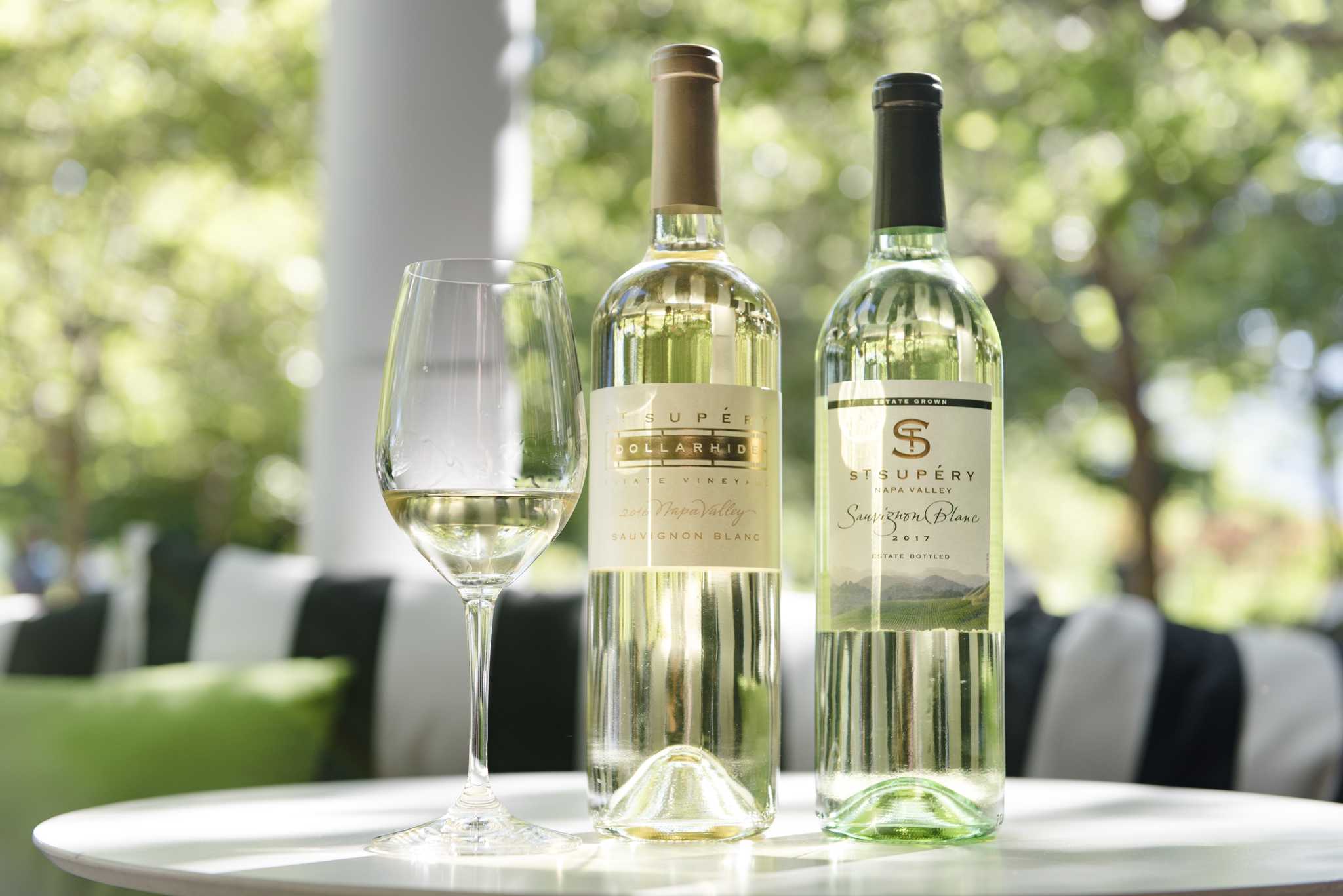
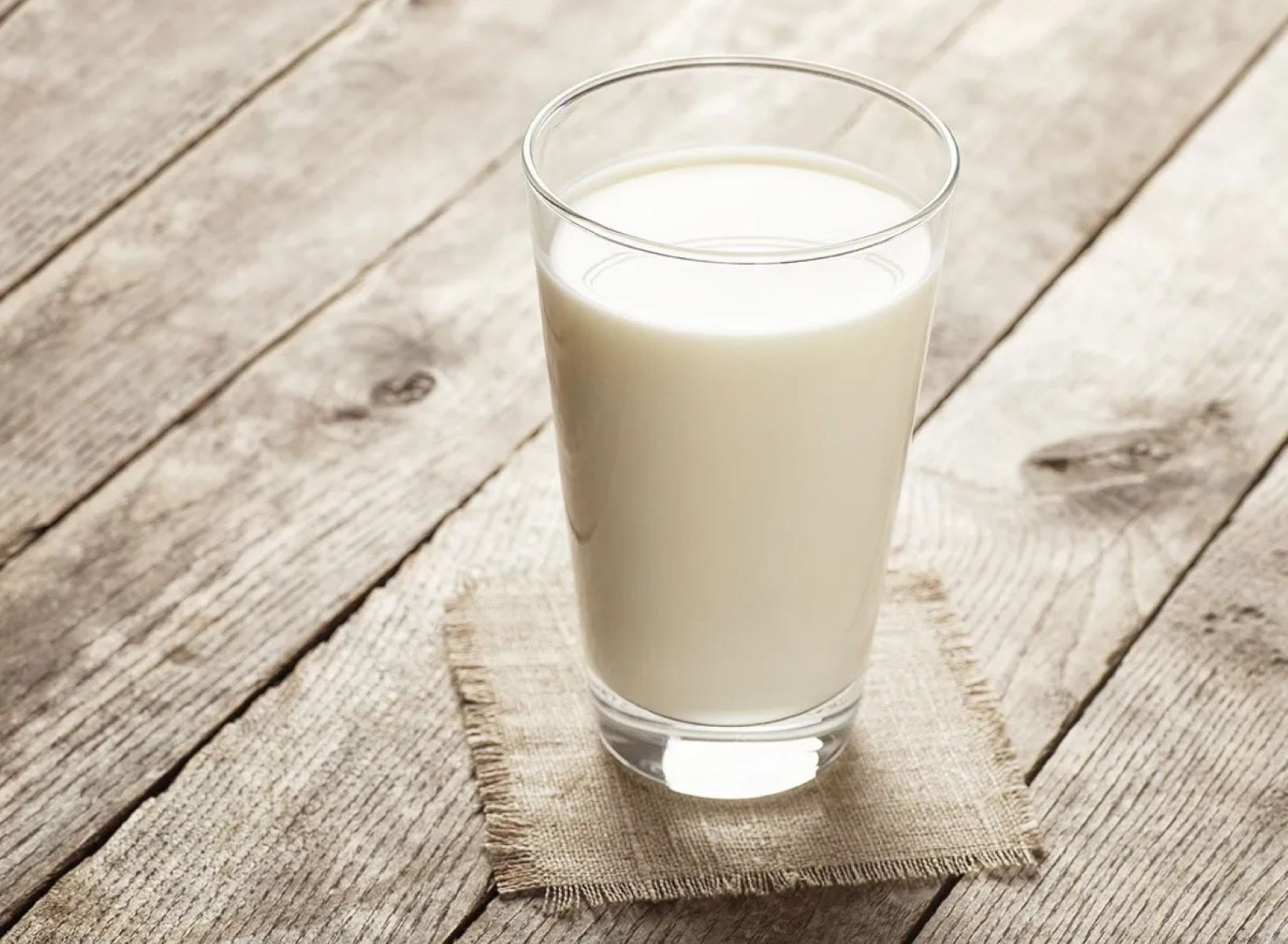
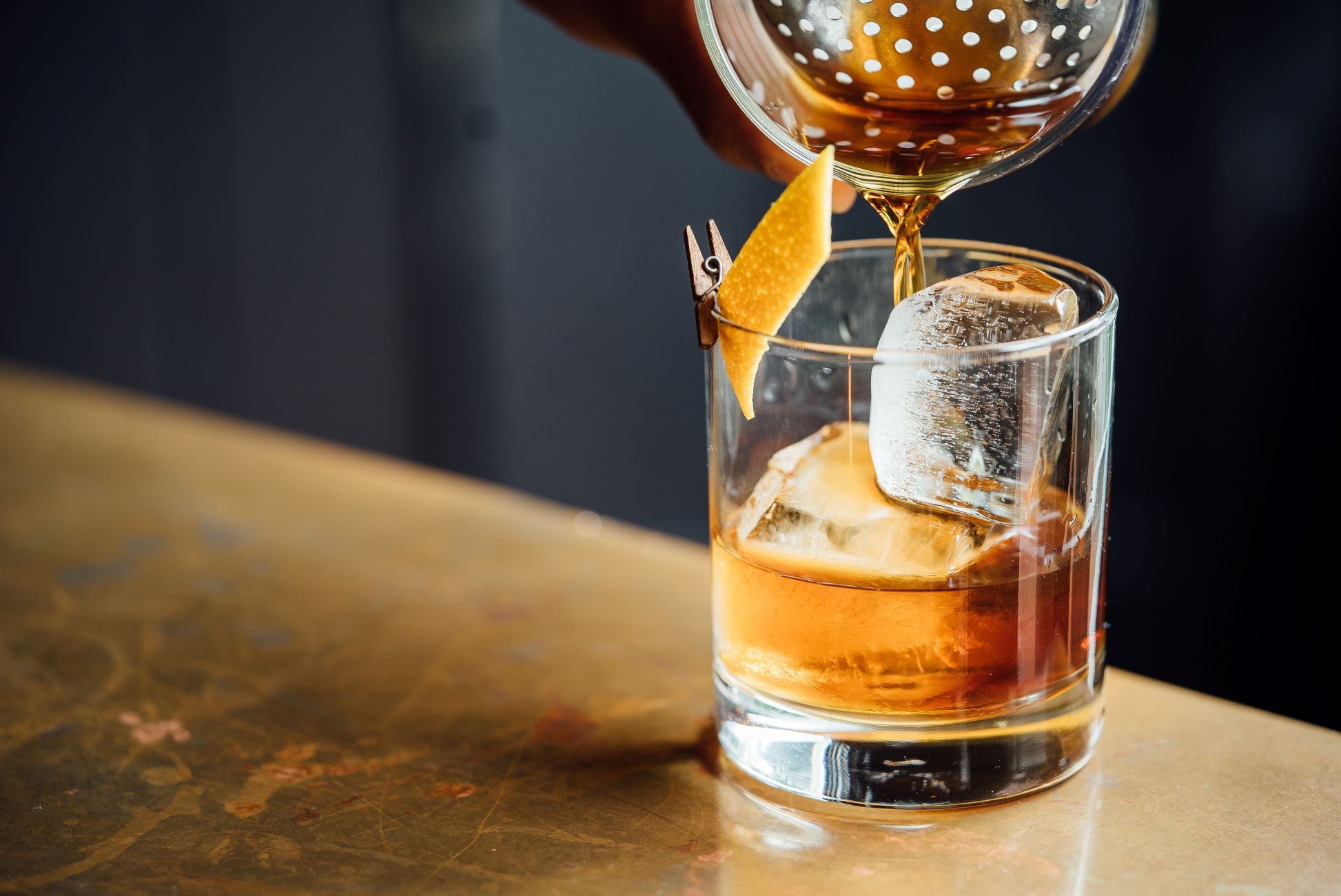

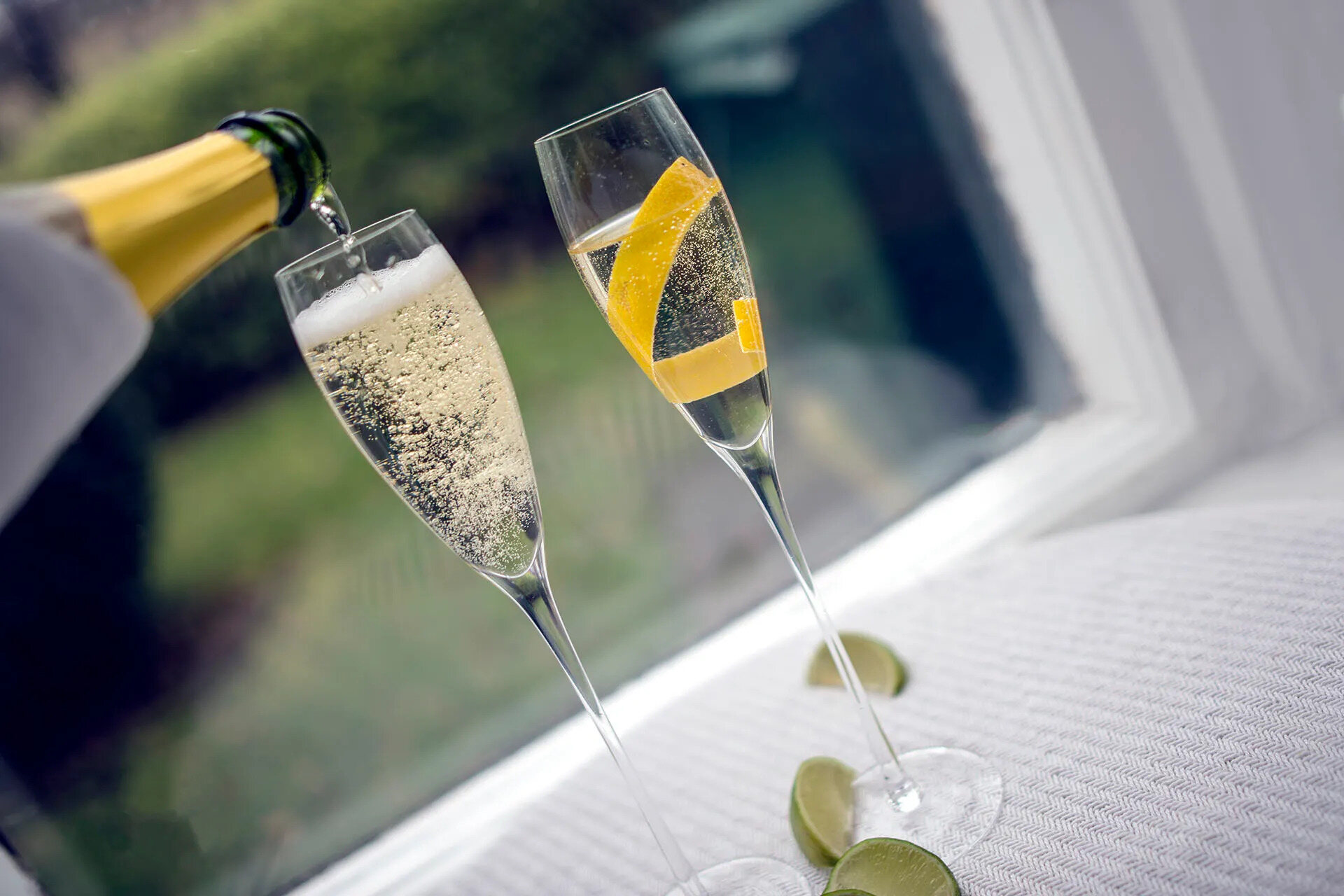
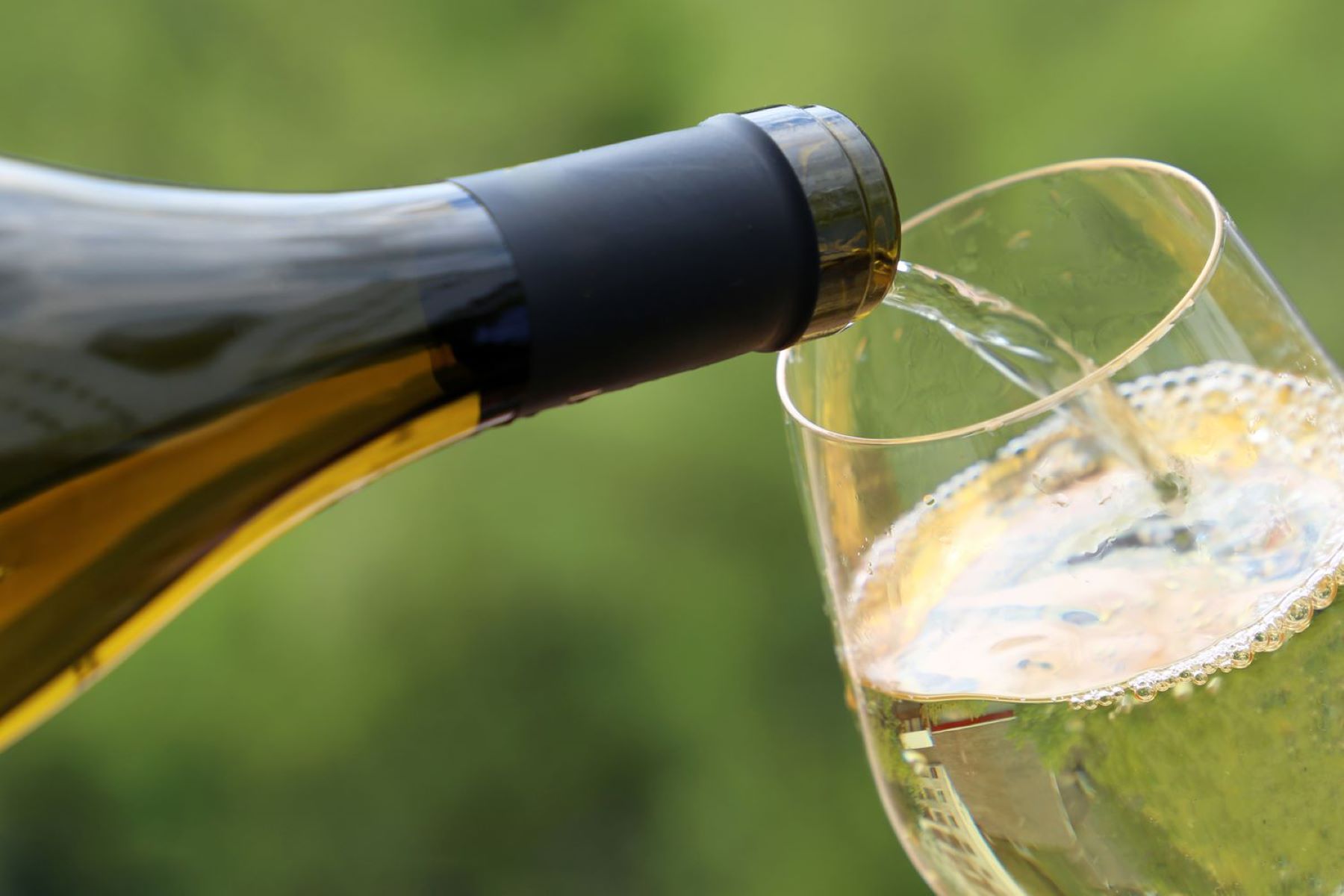
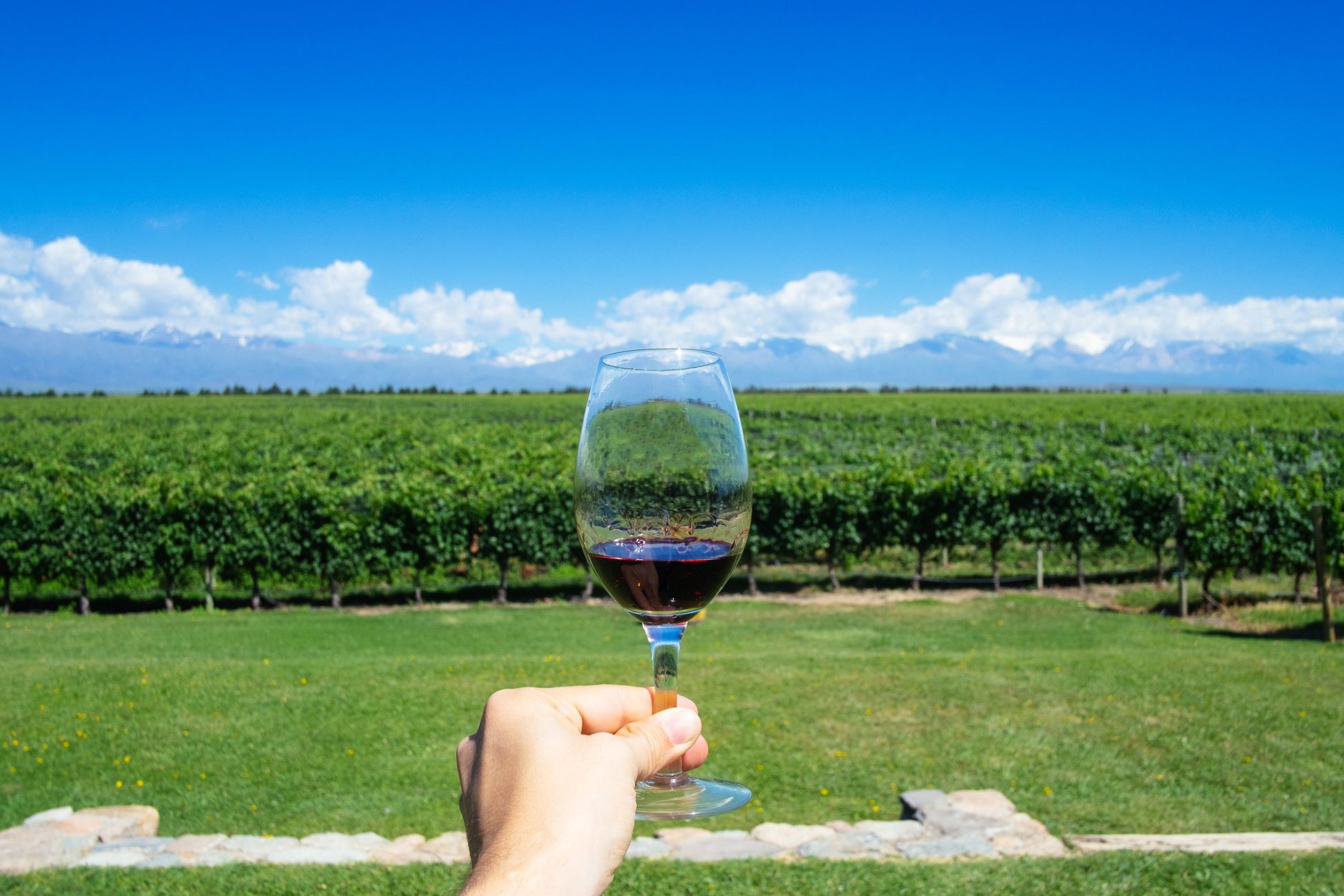
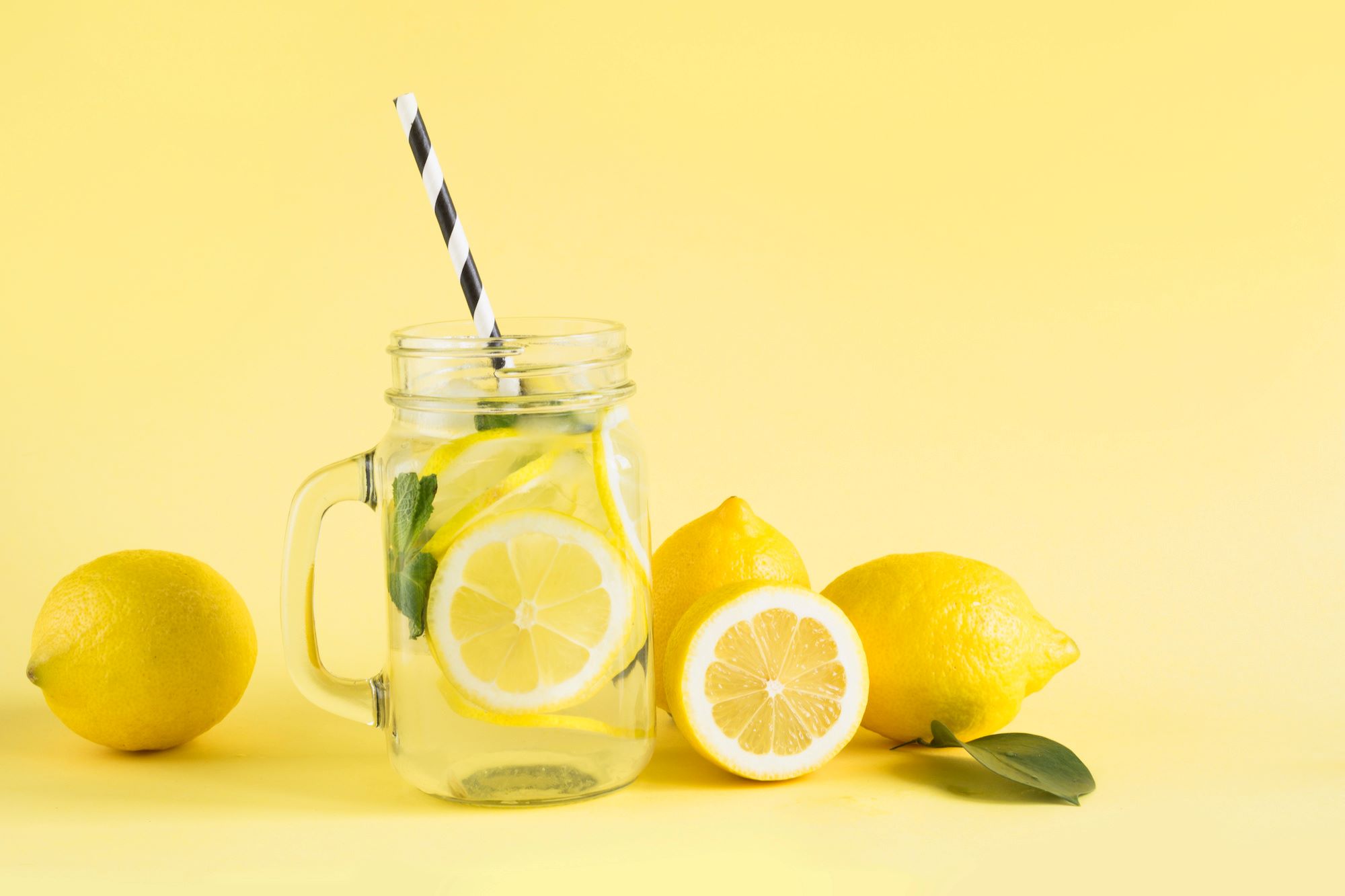
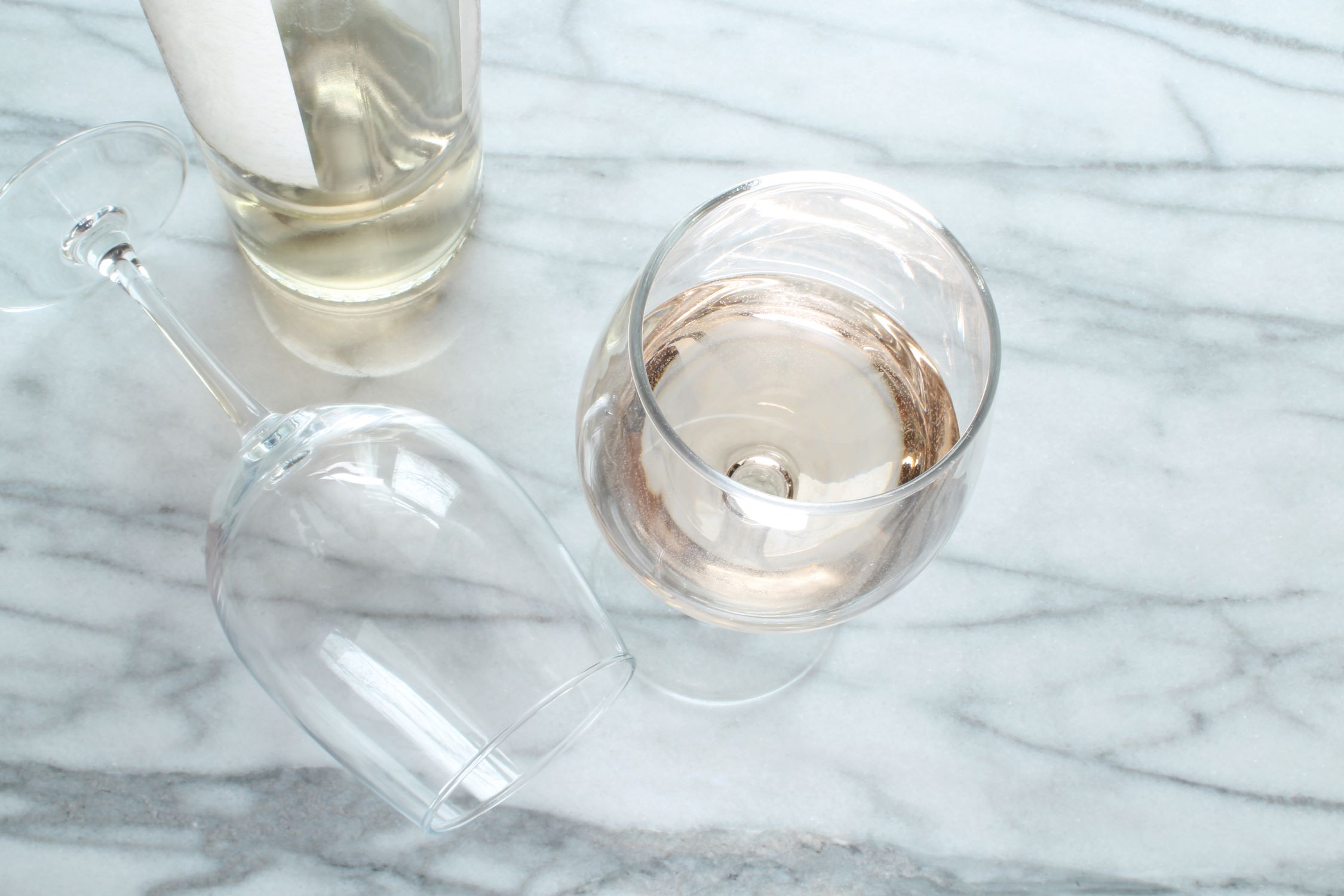
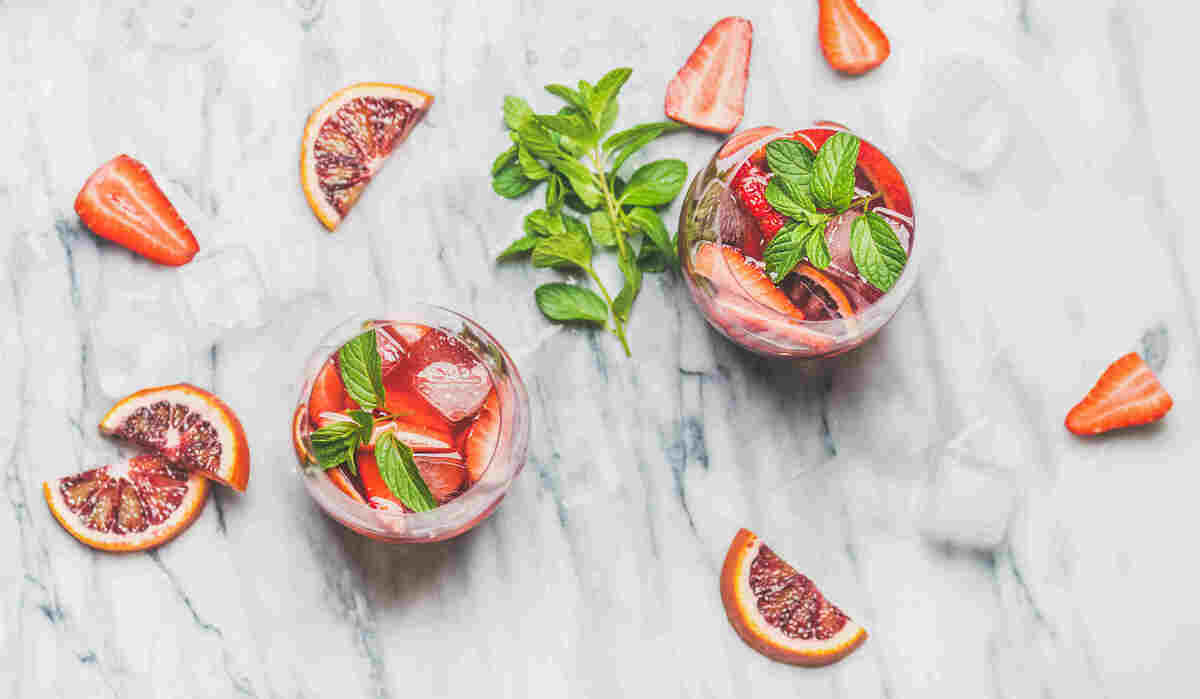
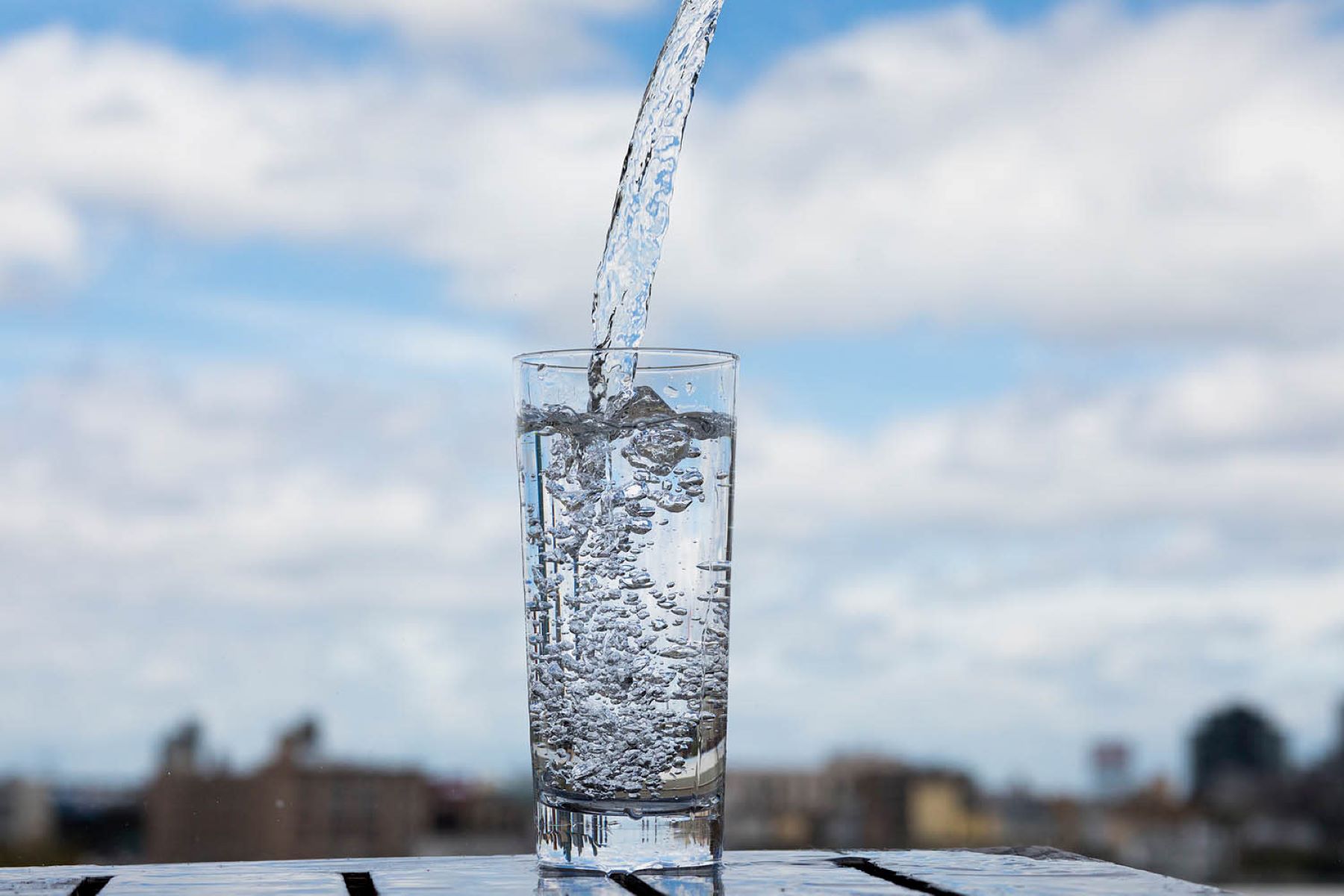

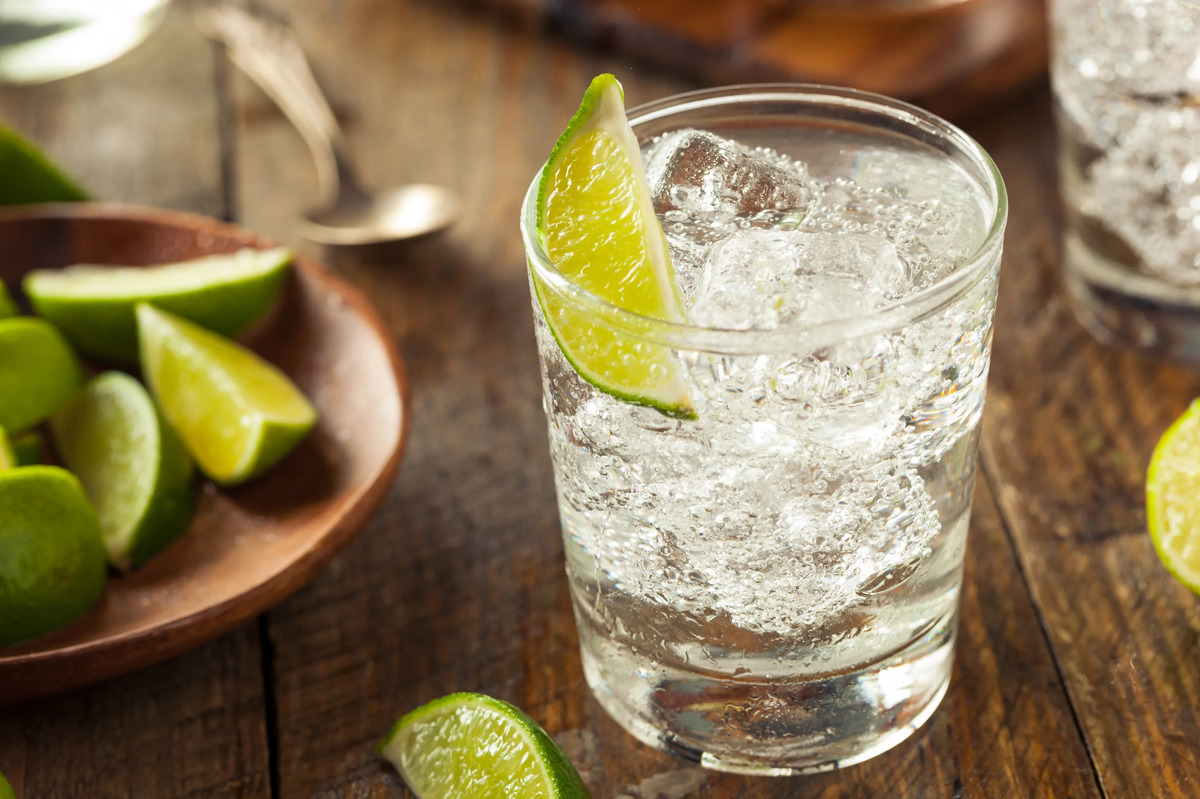
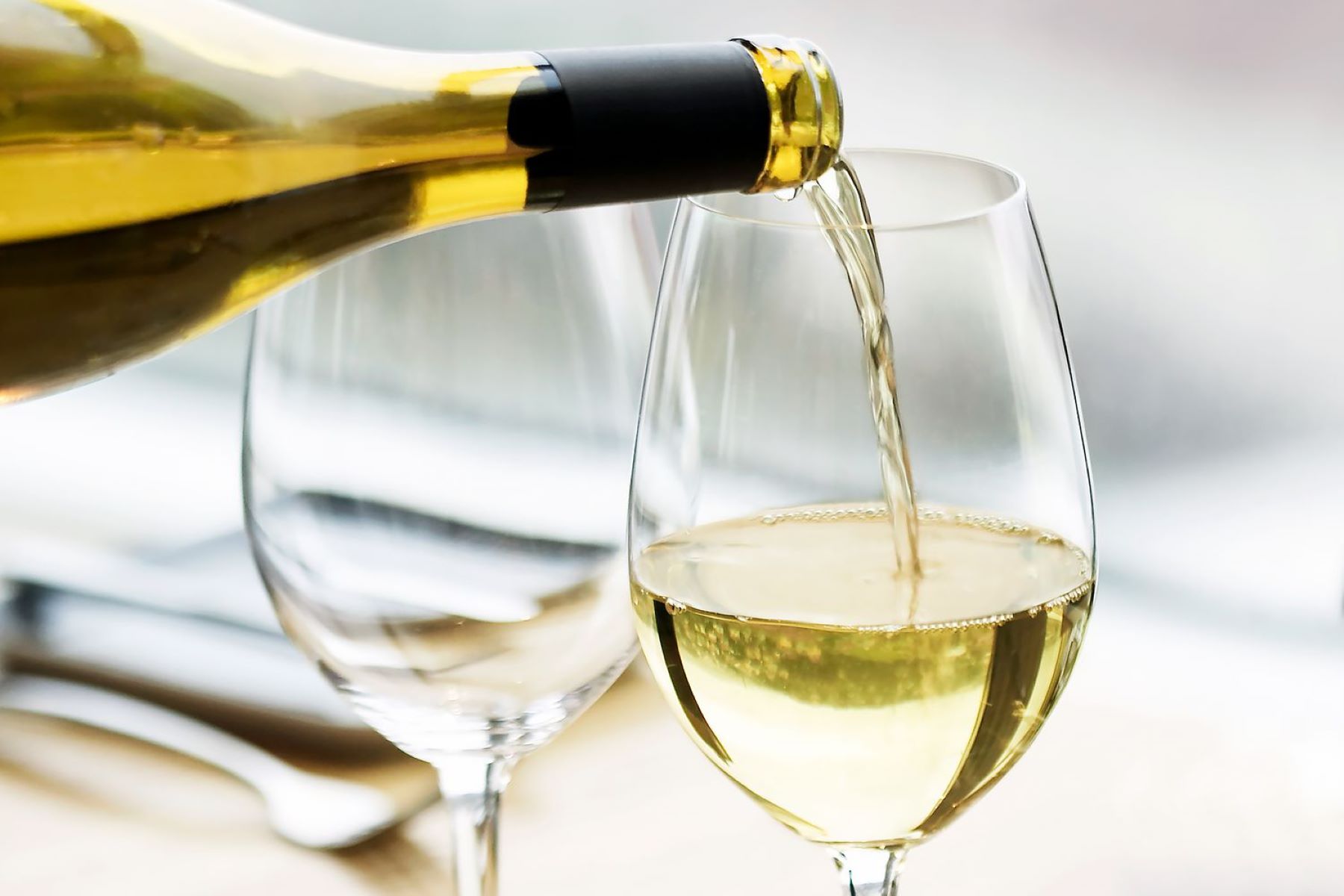

0 thoughts on “How Many Calories Is A Glass Of Sauvignon Blanc”